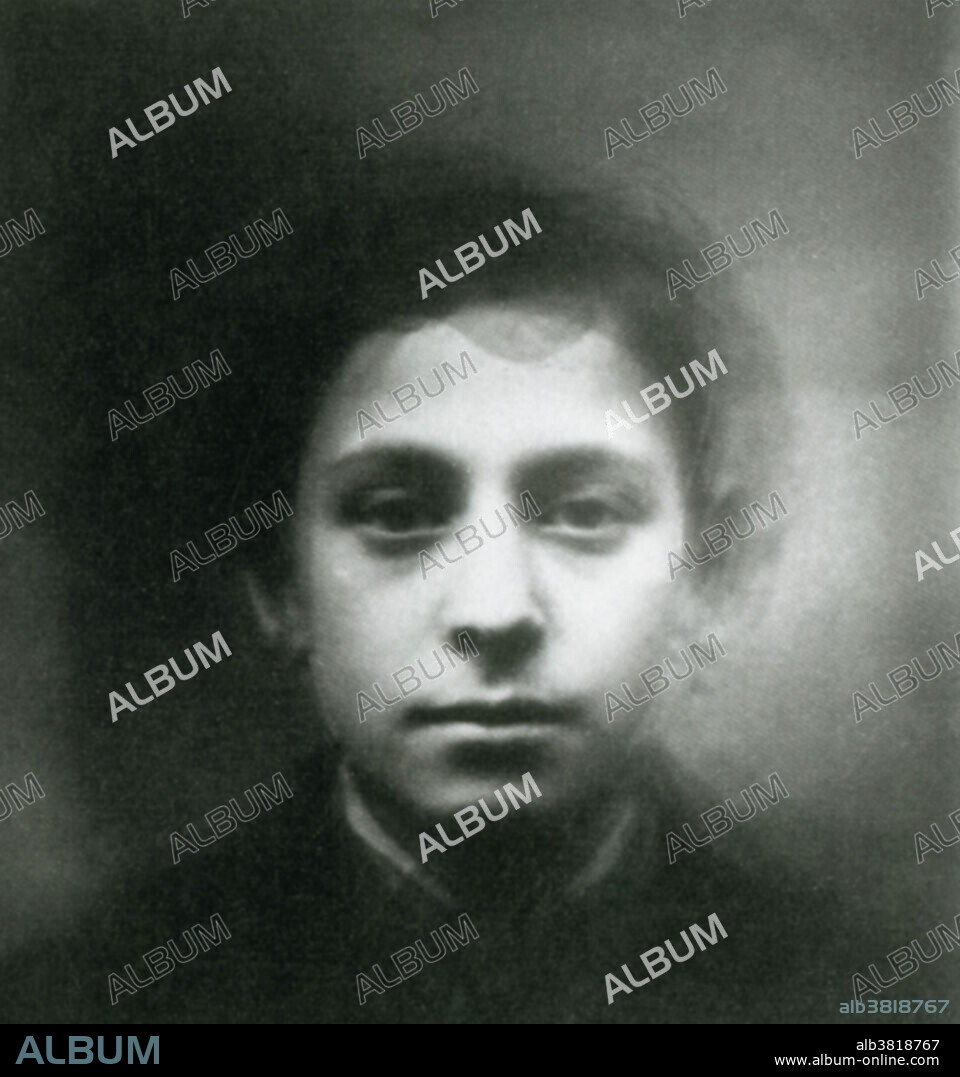alb3818767
Galton's eugenics, Jewish composite portrait

|
Ajouter à une autre Lightbox |
|
Ajouter à une autre Lightbox |



Avez-vous déjà un compte? S'identifier
Vous n'avez pas de compte ? S'inscrire
Acheter cette image

Titre:
Galton's eugenics, Jewish composite portrait
Légende:
Voir la traduction automatique
Galton's eugenics, Jewish composite portrait. British anthropologist Sir Francis Galton (1822-1911), fearing the demise of both the upper classes and of the 'highly evolved' white race, was interested in 'improving' human evolution by applying the theories of his cousin Charles Darwin's 'The Origin of the Species' to human reproduction. Founding the study of eugenics, he believed that it was important to discourage reproduction in people who had genetic defects or perceived undesirable traits (negative eugenics) and encourage reproduction in people who had (what he viewed as) inheritable and desirable traits (positive eugenics). He proposed that composite photography could be a useful tool in visualizing types or ideals such as the tubercular, the prize-winning racehorse, the Jew, and the criminal. Pictured here is one of his Jewish composites.
Crédit:
Album / Science Source / NYPL
Autorisations:
Modèle: Non - Propriété: Non
Questions sur les droits?
Questions sur les droits?
Taille de l'image:
3231 x 3446 px | 31.9 MB
Taille d'impression:
27.4 x 29.2 cm | 10.8 x 11.5 in (300 dpi)
Mots clés:
ANTHROPOLOGIE • BIGOTERIE • DARWINISME • HOMME • MONOCHROME • PERSONNE • PHRENOLOGIE • PORTAIT • PORTRAIT • POTRAIT • PREJUGE • RACISME • SCIENCE: ANTHROPOLOGIE
 Pinterest
Pinterest Twitter
Twitter Facebook
Facebook Copier le lien
Copier le lien Email
Email
